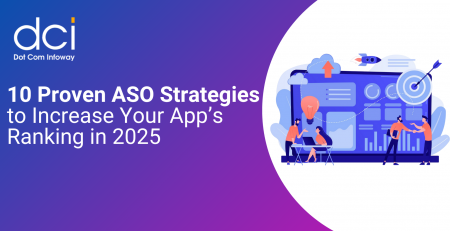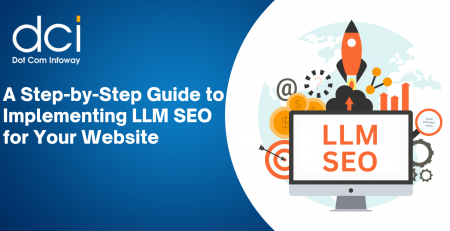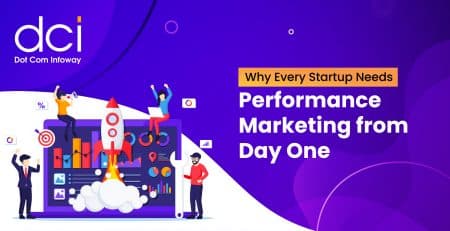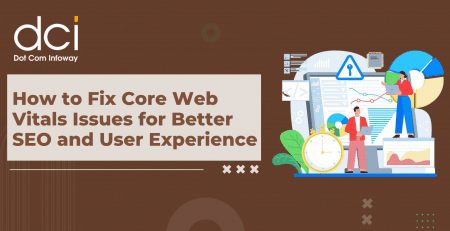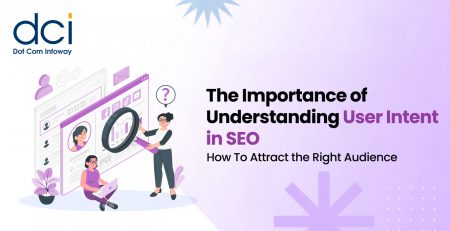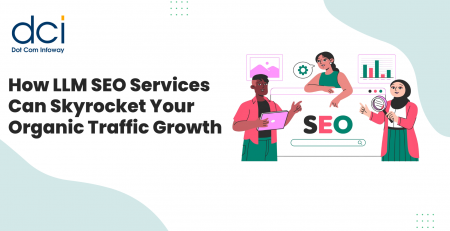Mastering SEO with Large Language Models (LLMs): A comprehensive guide
In the age of artificial intelligence, it’s not surprising to see that algorithms are taking on new responsibilities alongside marketers. We’ve certainly come a long way from the old days when SEO involved a lot of brunt work. In this article, we’ll take a look at how Large Language Models(LLMS) are changing SEO. More importantly, we’ll also talk about how to adapt and wield this power in your favor to get higher traffic or preserve your gains.

Why should we optimize SEO for LLMS?
So why go through all the trouble? Well, it’s because it’s worth every trouble. The way we search has changed over the years two very important trends have become important.
First, there’s an increase in the use of voice search. The second is that they’re pairing voice search with LLMs when doing so. Today, ChatGPT has over 200,000 active users worldwide. Google’s Gemini meanwhile got over 313 million visits in May 2024 while Claude AI averages 54.4 million users monthly.
The point is that there has been a huge explosion in the use of LLMS in search. Consequently, we stand to gain by exploiting the opportunities therein.
How to adapt SEO for LLMs
1) Content relevance and quality
Content quality has always been an important factor for SEO specialists. It’s common knowledge that to get great traffic and conquer SERP, your content needs to be top-notch.
Today’s LLMs have superior quality assessment metrics than in the past. They can determine the coherence, relevance, and quality of web page content with greater efficacy. More importantly, they can also identify the following types of content with greater ease:
- Duplicate
- Spammy
- Low-quality.
This simply means that you really have to take time to create great content. You can do that by building topical authority in your niche and creating content that solves user problems.
2) Semantic search
Old-school SEO before the rise of the machines focused a lot on optimizing articles for keywords. However, that’s also beginning to change quickly.
Now, LLMs can read and understand almost similarly to how we humans do. As a result, keyword stuffing is losing its potency with semantic relevance heading the other way.
3) Link building
The black hat link-building strategies of yesteryears may do you little good now. Simply lapping on a link from a high-quality website, even if the content is unrelated, may not do you much good.
This is because LLMs now can assess backlinks with greater scrutiny. They can determine the relevance and quality of these links. In turn, they can easily spot manipulative link-building practices and punish them. So you’ll want to prioritize high-quality link building tactics.

Ensure your website reaches the top of Google search results and LLM using SEO?
Achieve superior website rankings with our advanced SEO techniques. Boost traffic, enhance visibility, and dominate search engine results effectively.
4) Featured snippets
LLMs can extract key information from websites, and then serve this up as answers. That’s why featured snippets are becoming even more important
In turn, you need to adapt by making content that’s featured snippet-friendly. Here’s how you can do this:
- Create clear headings for content
- Use bullet points
- Write content summaries
- Generally, structure content with lots of white space.
Additionally, you also want to focus on targeting question-based queries with your content. Doing so will also increase your likelihood of getting featured.
5) Visual content
A picture says a lot more than words ever could. That rings truer now with the growth of LLMs. They have a great ability to comprehend both videos and images, and they will only get better.
That means that it’s time to start including more visual elements in your content. Additionally, given how these models work, you also want to add embedded structured data to this material. This will make it easier for LLMs to understand what your visual elements are all about.
6) Content freshness
LLMs are always on the lookout for the latest information. They prioritize new articles over older ones because they believe they may be more relevant to search users.
In turn, you’ll need to periodically refresh and update your content. And this doesn’t mean merely republishing it once more. No. It also means changing information within web pages that has changed since you published the article.
In addition to the existing content on enhancing SEO for LLMs, we can also focus on the following features such as:
7. User Experience (UX) optimization
8. Voice Search optimization
9. Following E-E-A-T (Experience, Expertise, Authoritativeness, Trustworthiness) guidelines
10.Data Privacy and Security
11. Multilingual and International SEO
Conclusion – A new chapter of SEO with LLMs
Large language models are changing SEO in many big ways. If you are to rank high and win big with your content marketing strategy, you need to make room for them. Ultimately it all boils down to just one simple thing – creating content that is user-centric and high-quality. In this aspect, the way SEO works will never change. And as long as you focus on this, you should be fine.


